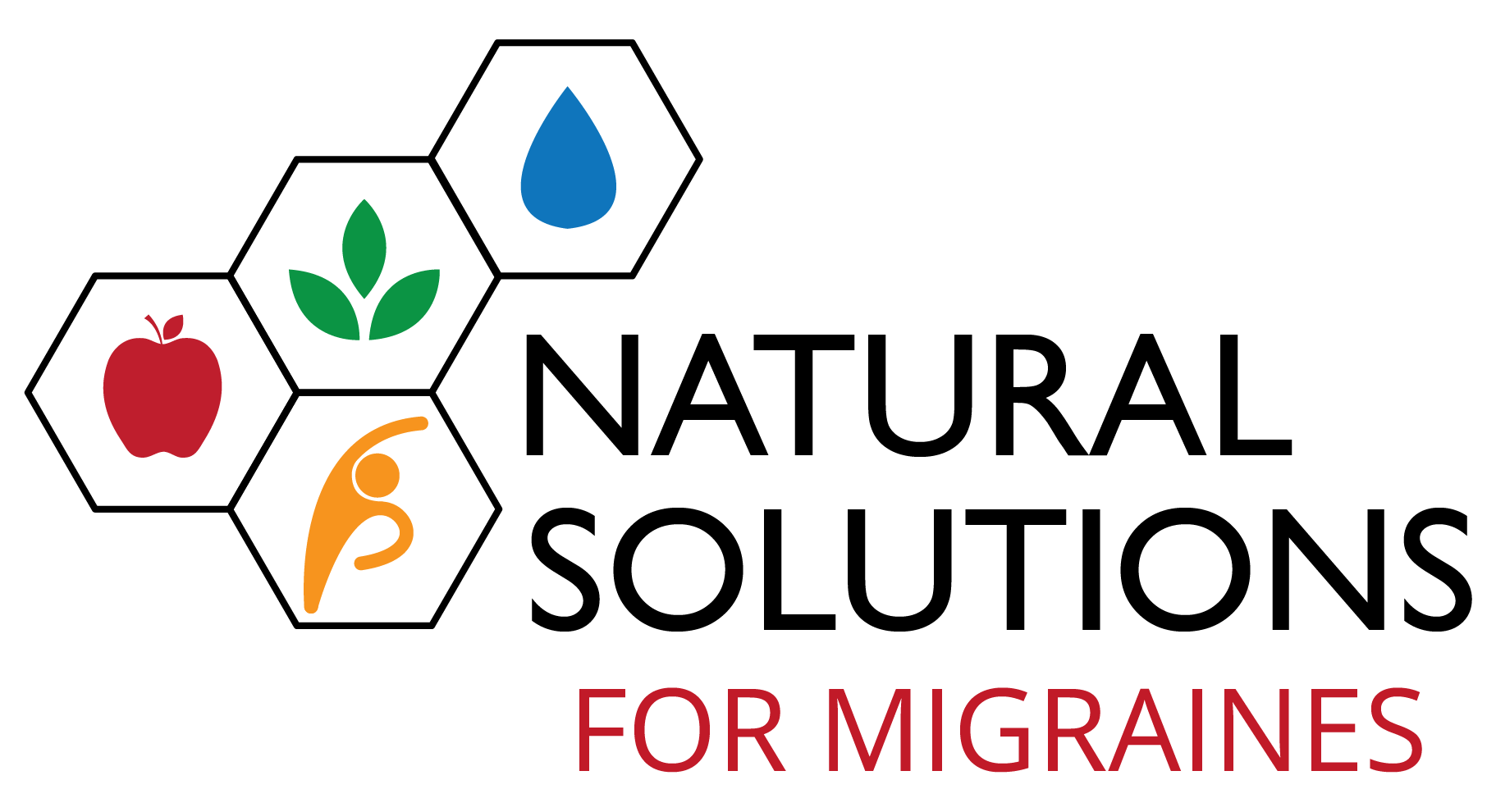Medical Options
Typically migraines are treated with some combination of over the counter (OTC) and/or prescription medications. These treatments fall into one of two camps: (1) to reduce the acute pain of a migraine attack or (2) to prevent a migraine occurrence.
 Classic pain relievers, such as aspirin, acetaminophen (Tylenol) and/or ibuprofen, are sometimes combined with caffeine and sugar to try and help calm a migraine. This can work if blood sugar is an issue or if you catch a migraine in the ‘dilation- phase’ where the blood vessels are rapidly expanding. Caffeine is a potent vasoconstrictor, so it can effectively counter the excessive dilation that can lead to migraine pain. Unfortunately, this is a short term fix and the chronic use of caffeine will actually increase the intensity of the vasoconstriction phase of a migraine and make the pain worse over time.
Classic pain relievers, such as aspirin, acetaminophen (Tylenol) and/or ibuprofen, are sometimes combined with caffeine and sugar to try and help calm a migraine. This can work if blood sugar is an issue or if you catch a migraine in the ‘dilation- phase’ where the blood vessels are rapidly expanding. Caffeine is a potent vasoconstrictor, so it can effectively counter the excessive dilation that can lead to migraine pain. Unfortunately, this is a short term fix and the chronic use of caffeine will actually increase the intensity of the vasoconstriction phase of a migraine and make the pain worse over time.
Most of the medications used to prevent or treat migraines act on neurotransmitter receptors. Recall, neurotransmitters include such chemicals as serotonin, dopamine and norepinephrine. These chemicals control many of the body’s functions and imbalances in them have been shown to cause the inflammation and swelling of blood vessels that initiate migraine headaches.
Medications including drugs such as Imitrex, Amerge, Maxalt, and Zomig are in a class of drugs called triptans and can temporarily dock with serotonin receptors in the brain; anti-depressants such as selective serotonin reuptake inhibitors (i.e., Paxil, Prozac, Zoloft, Celexa, Lexapro and Luvox) block the reuptake of serotonin back into the pre-synaptic nerve causing a short-term increase in brain serotonin levels; and anti-seizure medications (i.e., Neurontin, Topamax and Depakote) target other neurotransmitters in an attempt to ward of migraine attacks.
However, none of these drugs address the cause of the problem – they are simply masking the problem short term; and therefore provide only short term relief. Once more, over time they can actually make the underlying problem worse by causing further neurotransmitter depletion, which means more migraines.
The problem with these medications and many others from a neurotransmitter point of view is that they are not doing anything to make more neurotransmitters; they are simply shuffling them around or tricking the body into thinking there is more neurotransmitter than there actually is. This can have at least two undesirable affects.
- First, the body, being duped into thinking there is more neurotransmitter than there actually is, will increase the degradation (destruction) of more neurotransmitters, which will cause further depletion over time. This is often what happens when medications ‘stop working’; at this point, there is not enough neurotransmitter left for the drug to shuffle around and the person is left more depleted than when they started. (Unfortunately, at this point, a person is usually prescribed more of a given mediation or another medication to try and help them feel better, when all that really happens is the underlying problem is made worse.)
- The second detrimental effect has to do with actual damage to the post-synaptic neuron and/or it’s receptors due to the drug; this damage may be permanent (called neurotoxicity). However, there is a solution. Even though the underlying neuronal damage is not known to be reversible, long-term correction is possible with continued, life-long use of amino acid therapy to make up for the underlying damage.
In order to effectively manage migraine headaches, we have to address the underlying cause. That underlying cause in most cases is  improper neurotransmitter function. This means that if we can optimize your neurotransmitter function, we should be able to eliminate the cause and provide a lasting solution. That is in fact, exactly what we have found – when we achieve optimal neurotransmitter function through targeted amino acid therapy, we can significantly reduce and often eliminate the occurrence of migraine headaches.
improper neurotransmitter function. This means that if we can optimize your neurotransmitter function, we should be able to eliminate the cause and provide a lasting solution. That is in fact, exactly what we have found – when we achieve optimal neurotransmitter function through targeted amino acid therapy, we can significantly reduce and often eliminate the occurrence of migraine headaches.
The key is to determine each person’s exact needs in regards to amino acids and other nutrients to optimize their neurotransmitter status. Once we satisfy those needs, over 85% of our clients have a complete resolution of their headaches.



